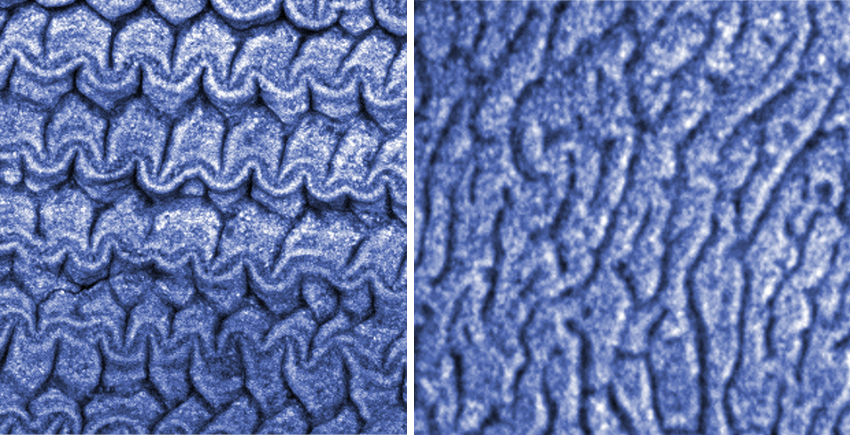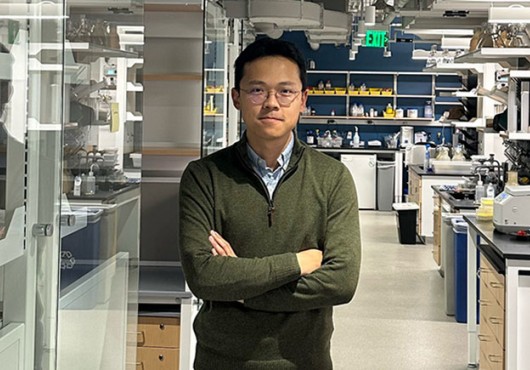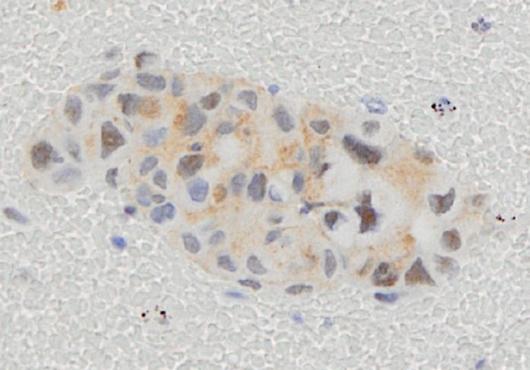
At a glance:
Pair of studies in chick embryos clarifies impact of genetic and physical factors during early formation of the gastrointestinal tract.
Findings deepen understanding of vertebrate gut development and could provide insights into colon cancer and GI diseases that involve fibrosis.
The interdisciplinary work contributes to broader study of how genes affect tissue shape.
Genes are the control panel for an embryo morphing from a ball of cells into organs, muscles, and limbs, but genetics isn’t all that’s involved. There’s also physics: the shaping of tissues by flows and forces from cell activity and growth.
Two recent studies led by Harvard University researchers shed light on the gene-mediated geometries and forces within embryonic development that give rise to different sections and shapes of the gut, including the large and small intestines.
The findings help illuminate the murky connections between genetic signals and the physical formation of the early gut. They could also help researchers better understand how certain diseases of the gastrointestinal tract arise, which could in turn inform the development of more effective treatments.
Authorship, funding, disclosures
Additional authors on the Developmental Cell paper are Nandan L. Nerurkar, John C. Lawlor, ChangHee Lee, and Tyler R. Huycke.
Additional authors on the PNAS paper are John C. Lawlor, Tyler R. Huycke, and Nandan L. Nerurkar.
Tabin and Mahadevan are co-senior authors of both papers.
Both studies were supported by the French National Research Agency/NSF-ANR (grant 2204058), U.S. National Institutes of Health (grant 5R01HD087234), Simons Foundation, and Henri Seydoux Fund.







